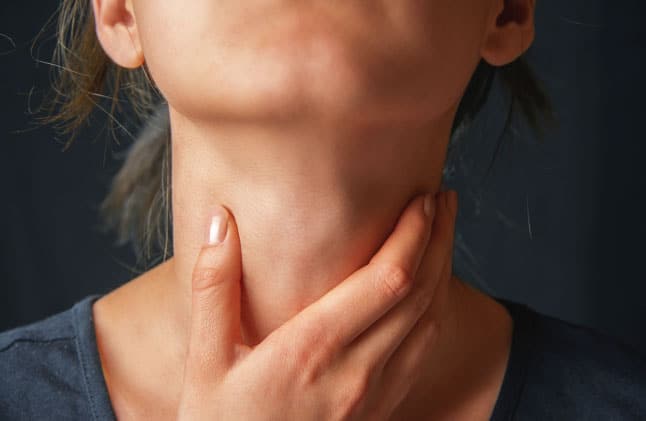Without properly caring for the batteries used for your hearing aids in Portland, they may suffer from a shorter lifespan and reduced functionality. Treating your hearing aid batteries right starts well before you insert them into your devices. Follow these tips for the best way to store, install and maintain your hearing aid batteries, so you can keep your devices running and working great for your daily routine in Portland.
Hearing aid batteries should be stored in a clean, dry, room-temperature location.
People tend to store batteries in the fridge to extend their life, but this actually does more harm than good. Batteries will last longer if they’re stored between 50 and 77 degrees in a low-humidity, low-moisture area. Some examples of places to avoid storing your batteries include your car, the bathroom or your Portland basement.
Batteries must absorb oxygen for at least one minute before insertion into hearing aids.
Since zinc-air batteries need oxygen to produce power, putting them into your hearing aid too quickly can reduce their lifespan and charge. After pulling the tab to activate your batteries, let them sit out for at least 60 seconds in a safe, dry place in your Portland home.
Batteries can’t touch metallic objects.
Storing batteries close to metal objects can cause them to short circuit or lose charge. Be sure to keep your hearing aid batteries separate from objects like keys and coins and out of metal cabinets during storage and while you use them.
Batteries and battery compartments must be cleaned regularly.
Dirty, dusty, wet, earwax-covered or greasy batteries, battery compartments and battery contacts result in poorly functioning hearing aids for Portland patients. Wipe the batteries and battery compartments of your hearing aids down daily with a dry, soft cloth.
Keep your hearing aid battery compartments open overnight.
This offers two benefits. First, it will help conserve power, increasing the value of your batteries. Second, it will release any moisture that’s being retained in the battery compartment, which is essential to good hearing aid maintenance.


